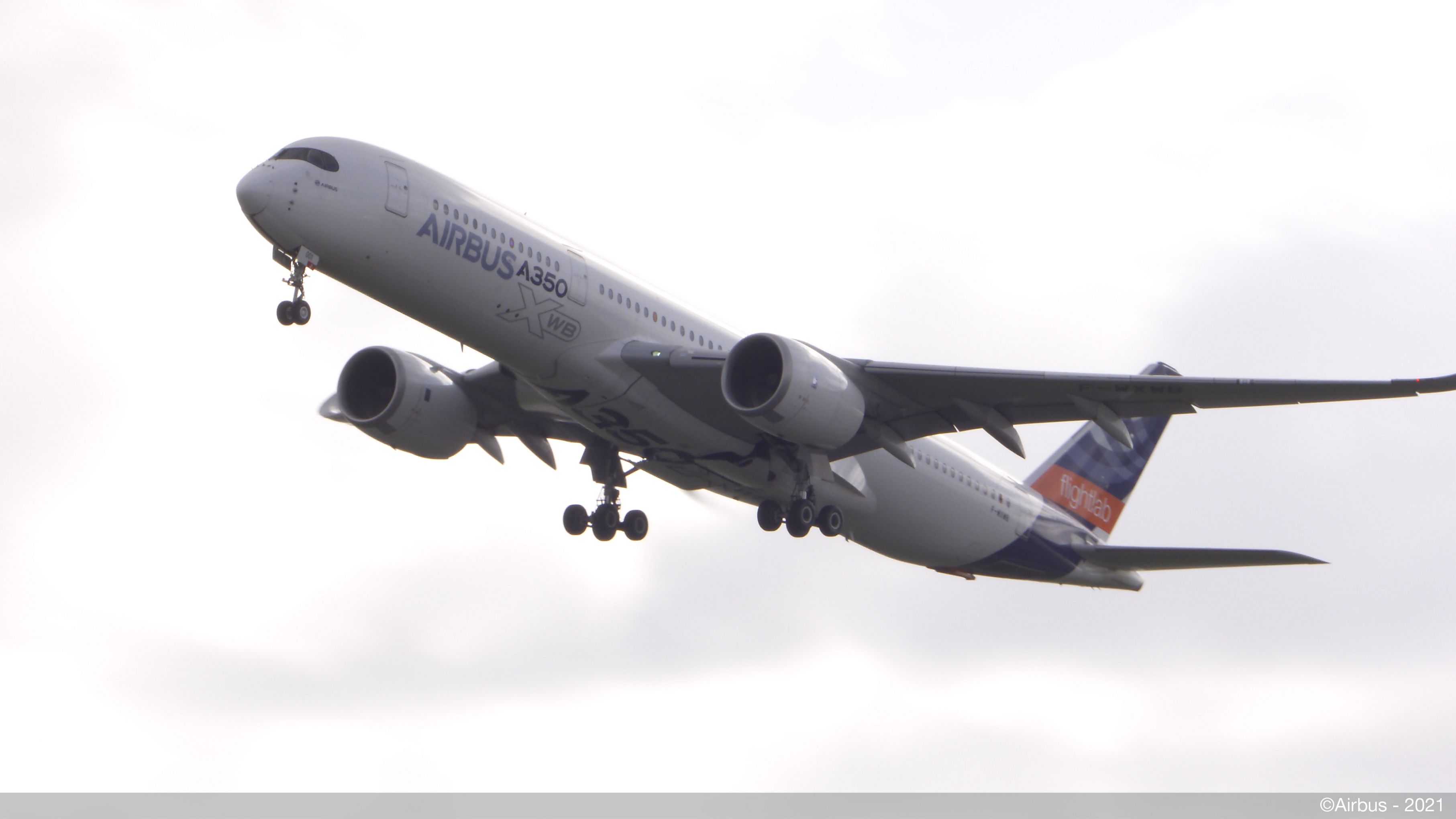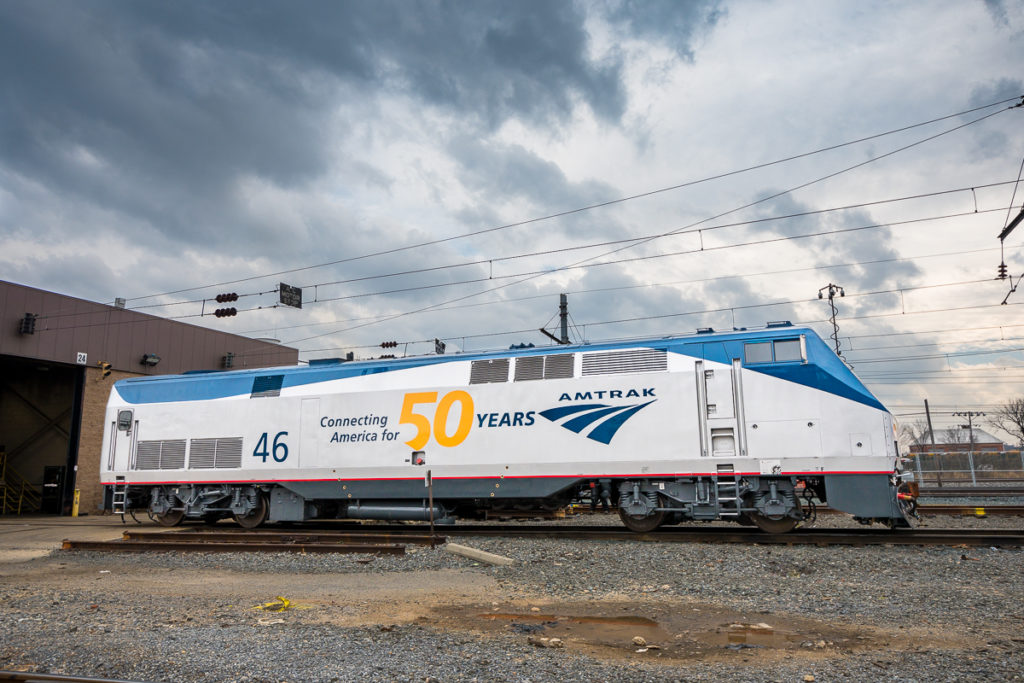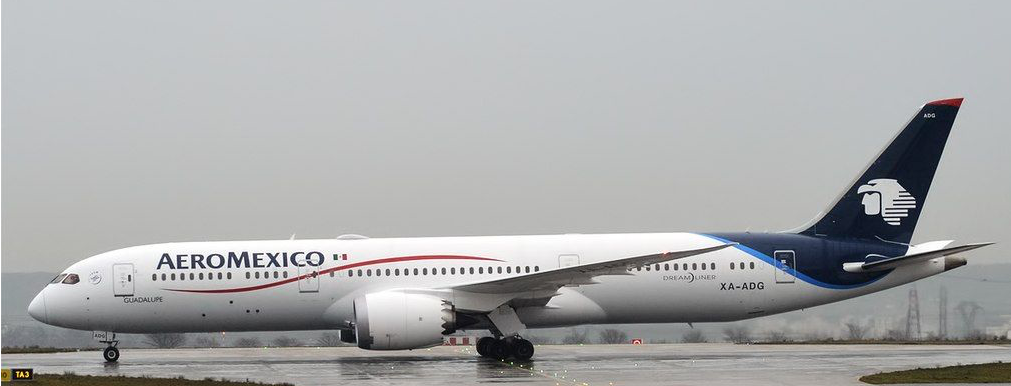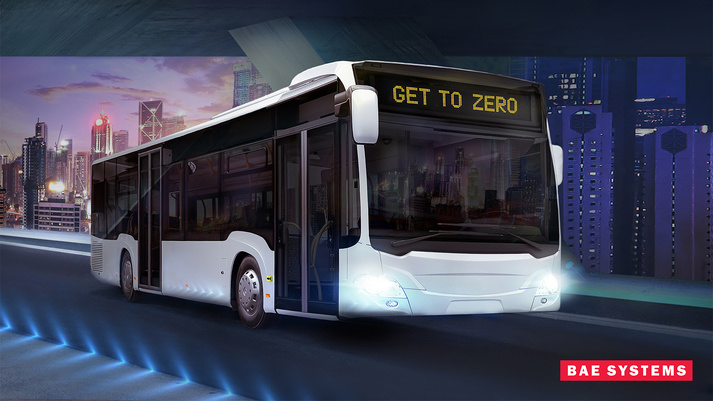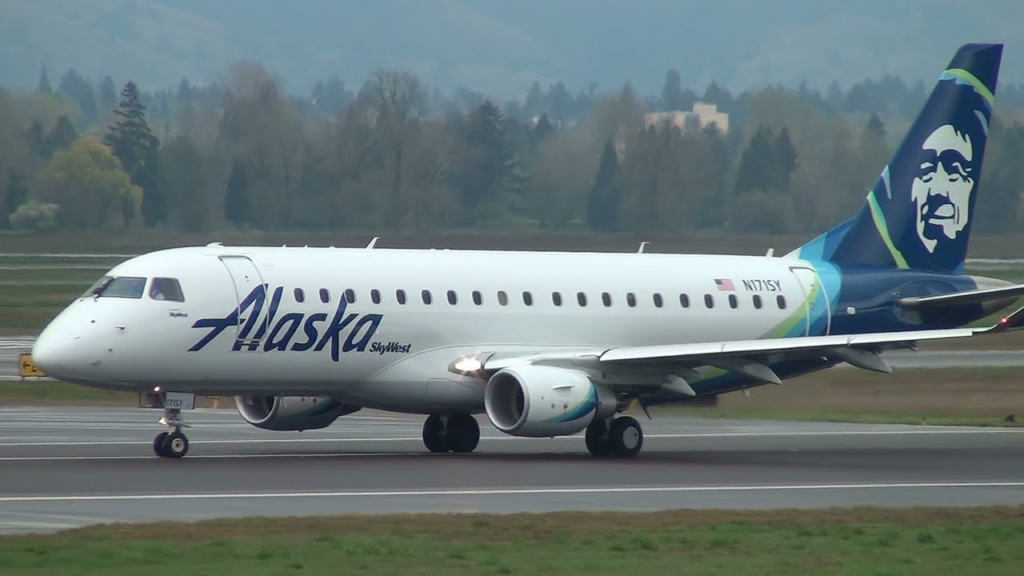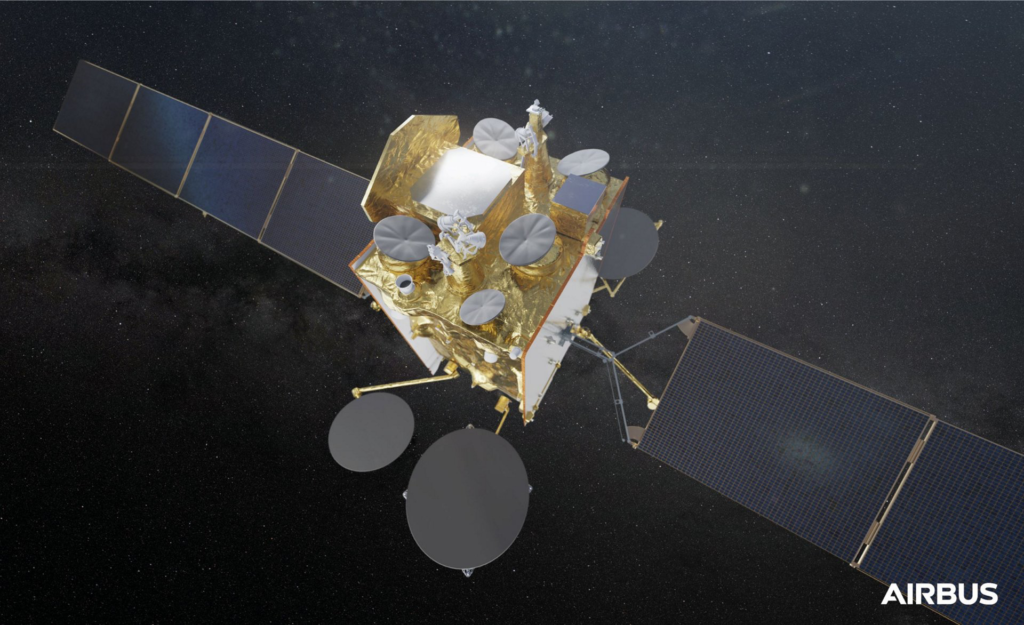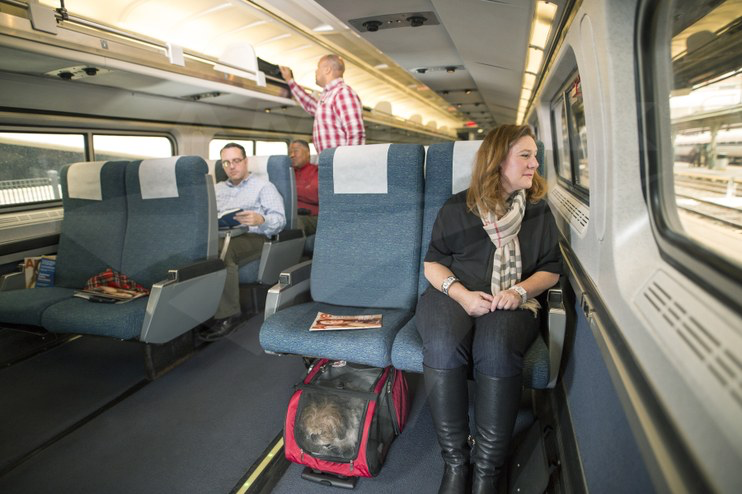Tigerair Taiwan Becomes New Airbus A320neo Operator
Taipei, 8 April 2021 – Tigerair Taiwan, the low cost subsidiary of China Airlines, has taken delivery of its first A320neo. This is the first of 15 A320neo Family aircraft scheduled to join the airline’s fleet.…


